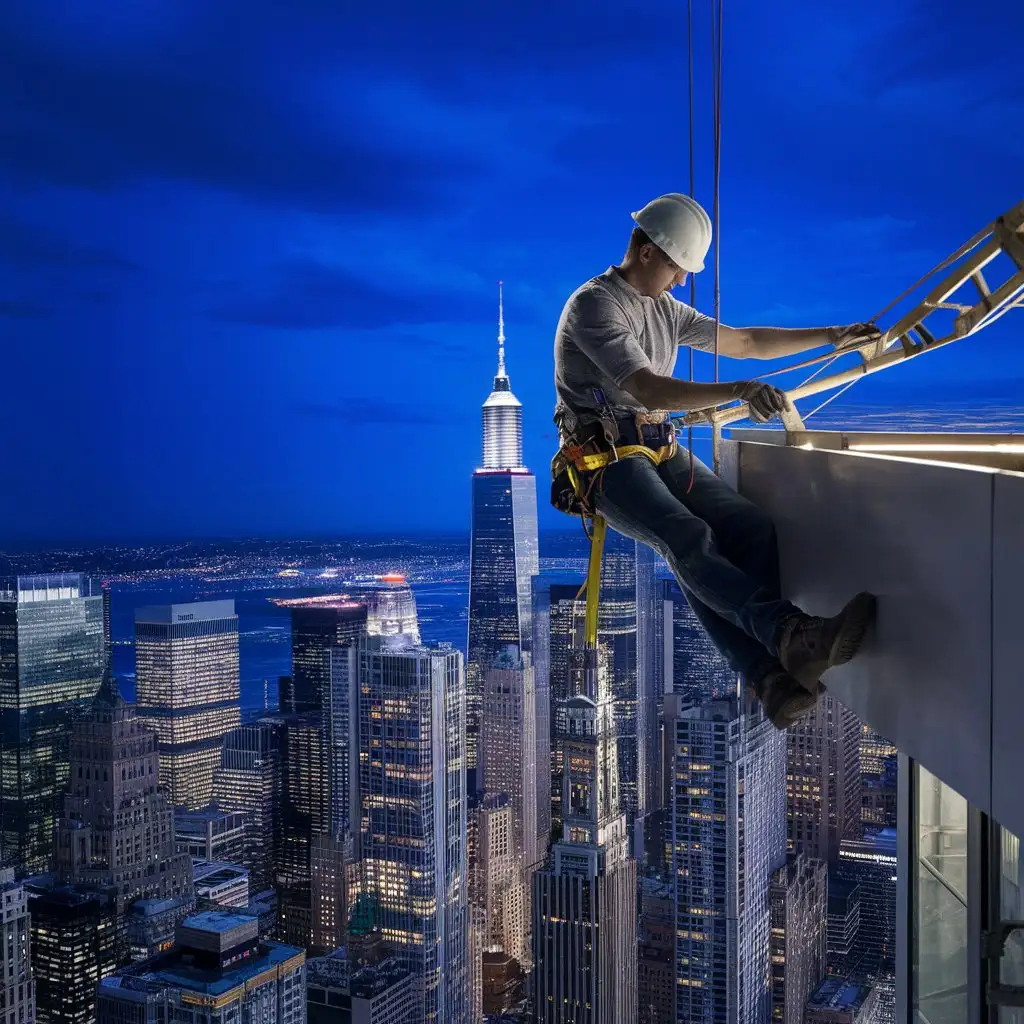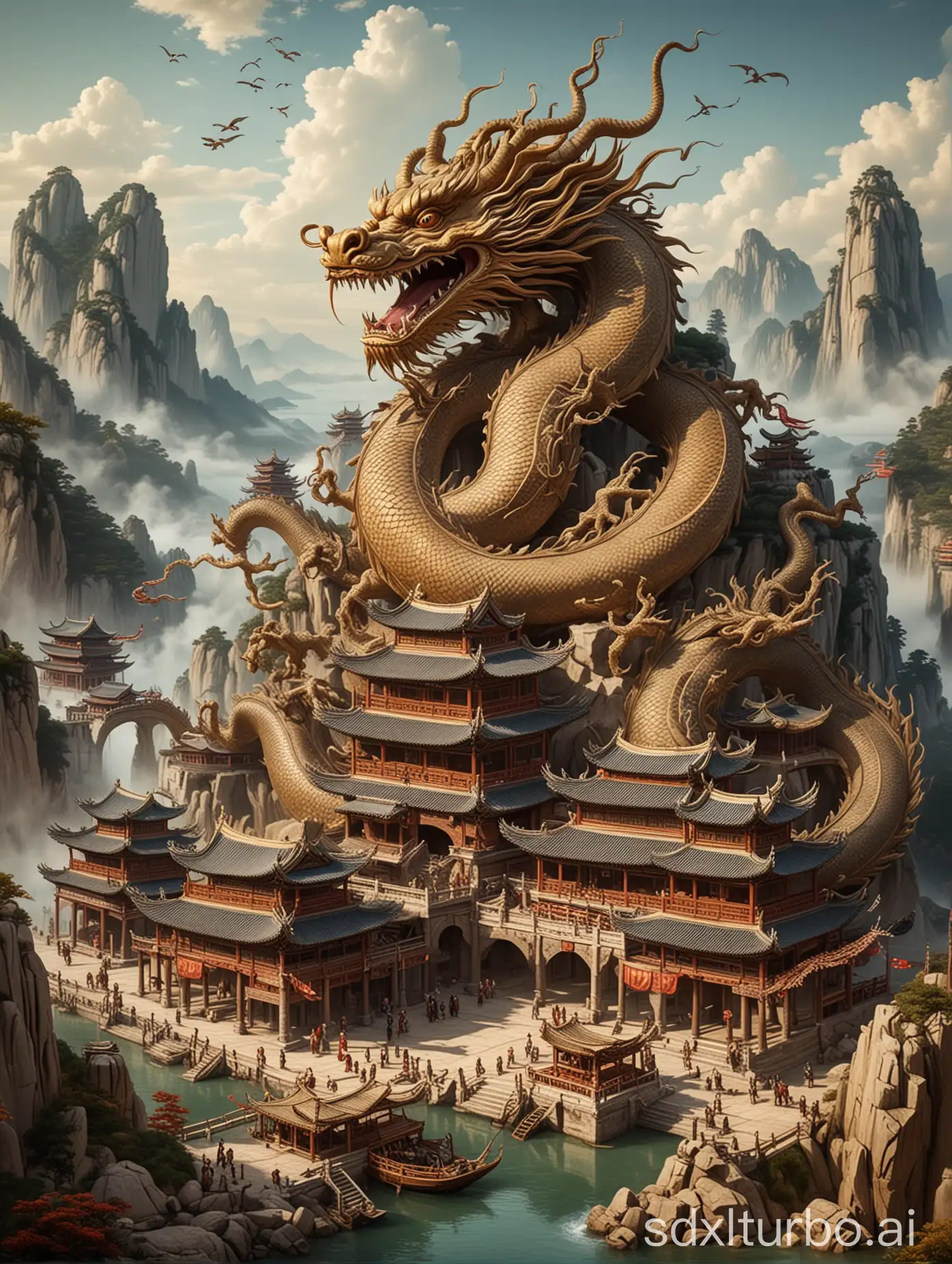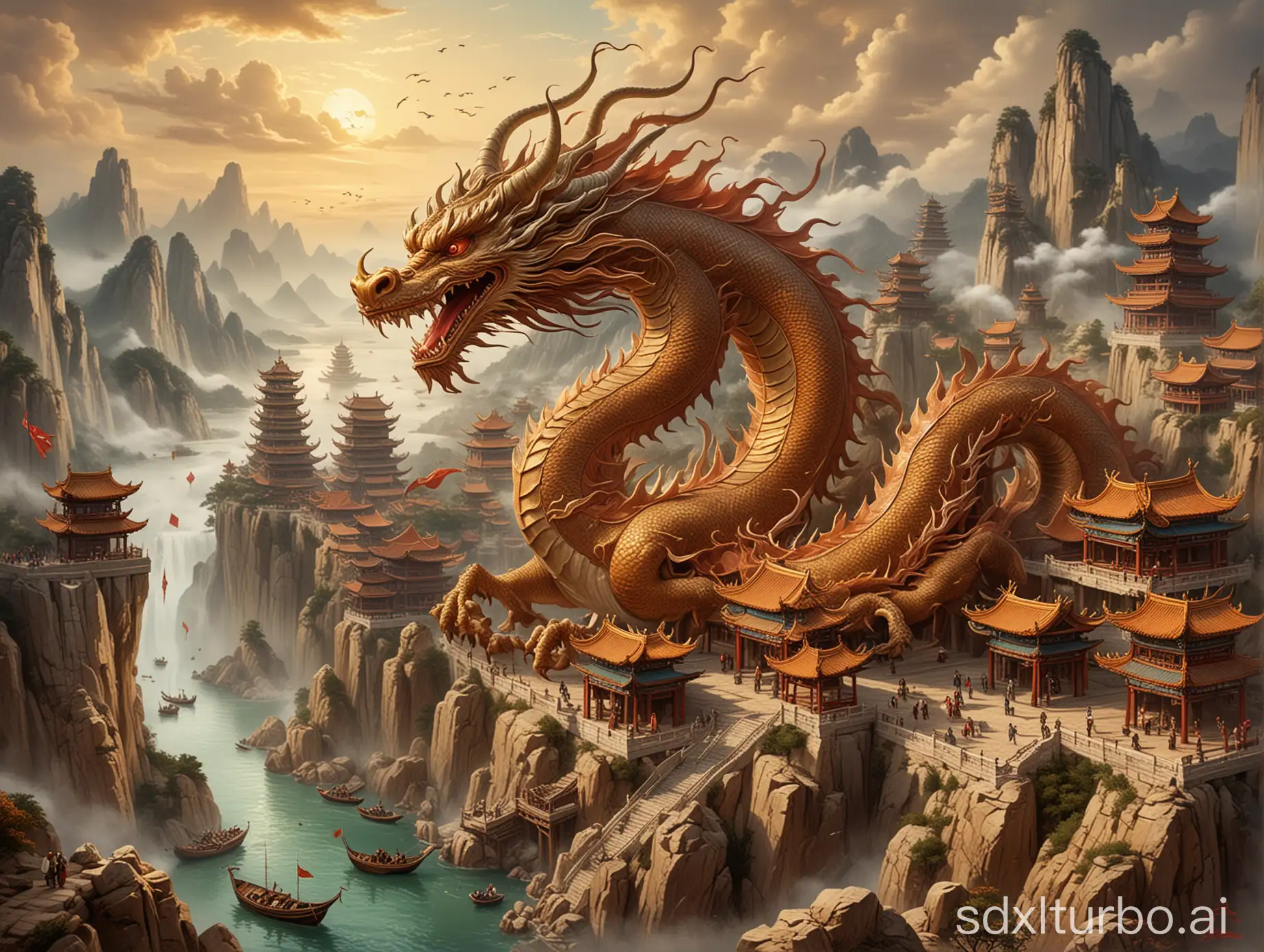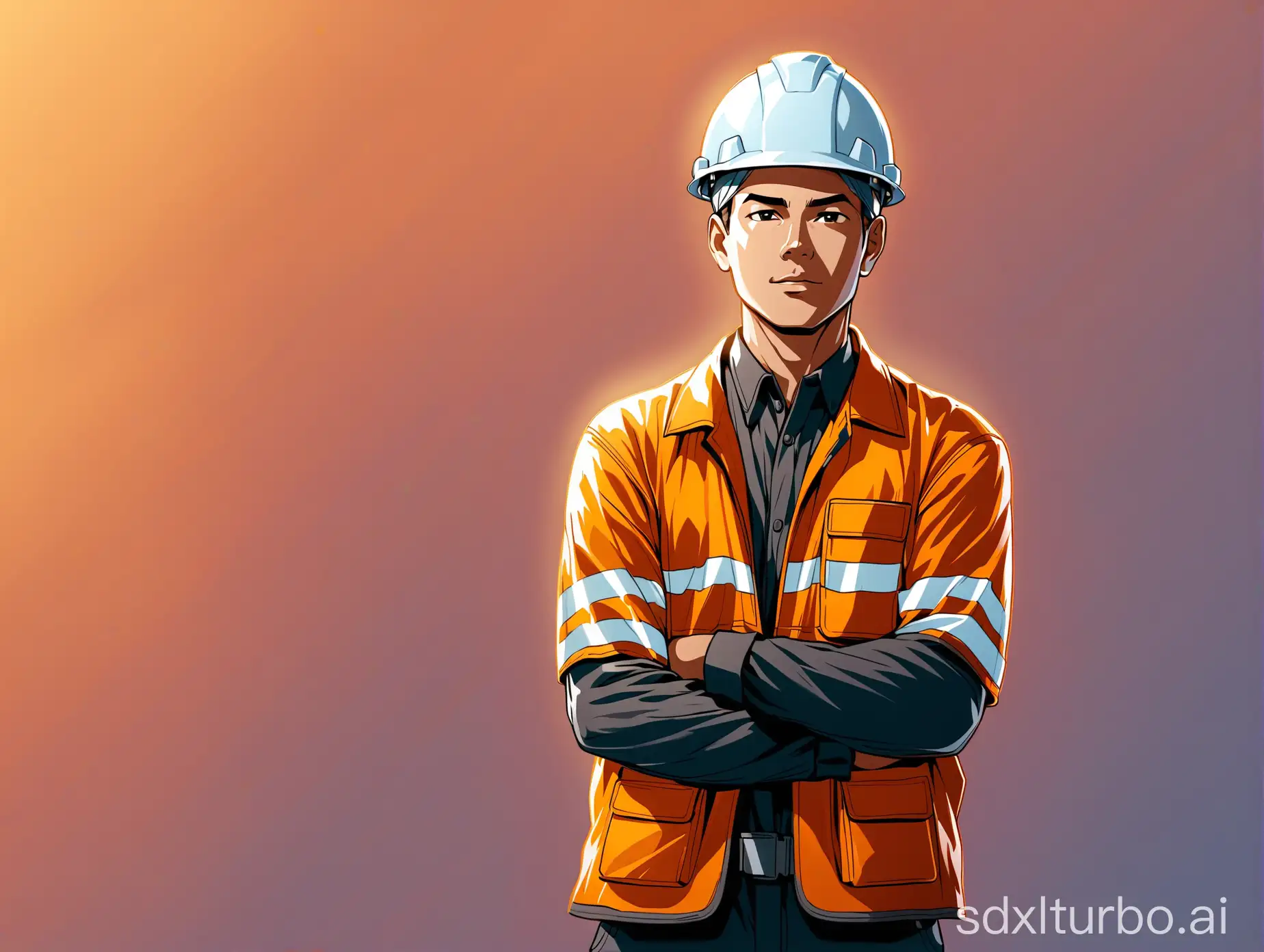Chinese Third Line Construction Worker Authentic Representation of 1970s Era
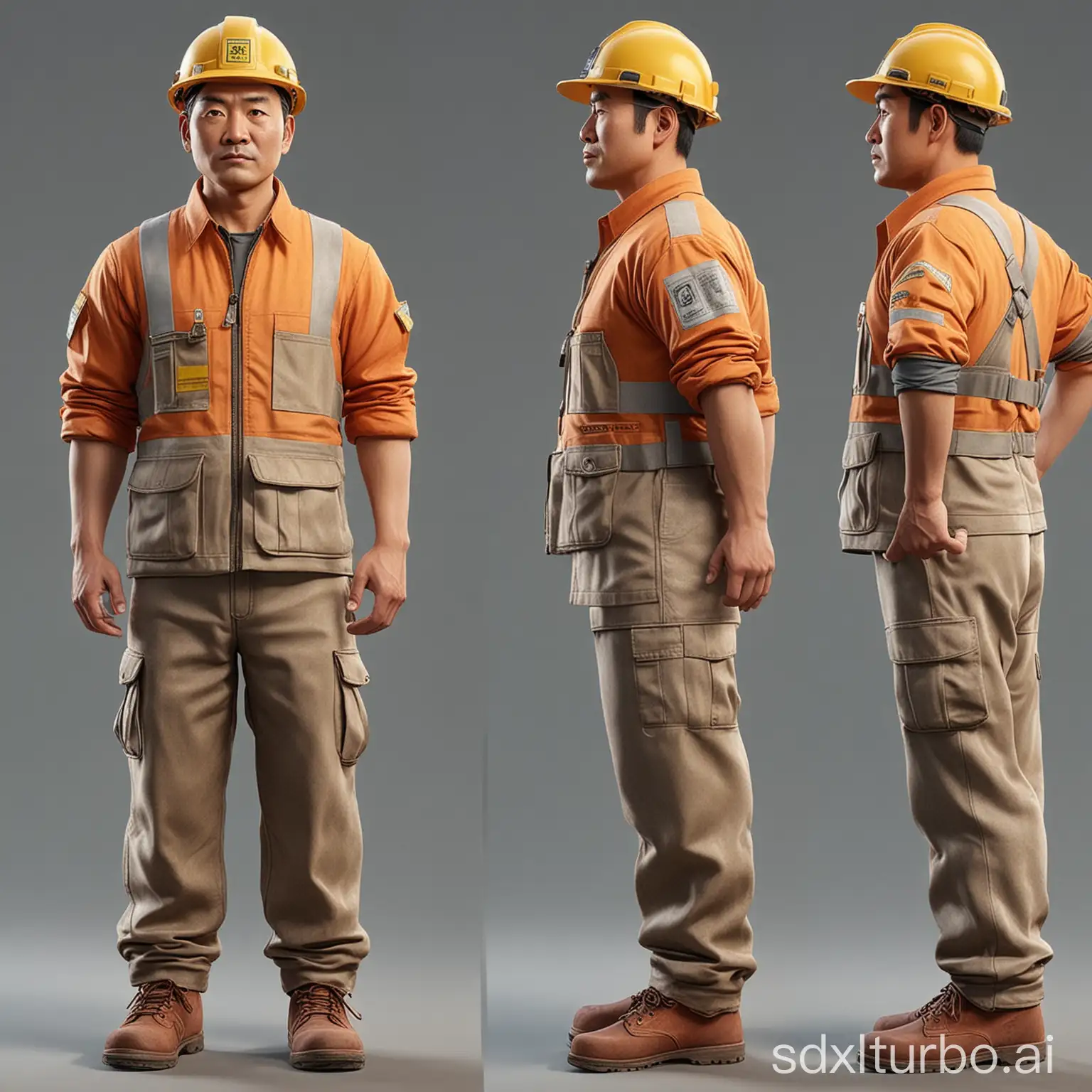
Image Prompt
Prompt
请给我设计一下三线建设者数字人,中国人,男生,年龄和穿着符合中国20世纪70年代三线建设的形象,最好正面一张图,侧面一张图
Choose Model: realistic
Aspect Ratio: 1:1
Generated by Stable Diffusion SDXL
Prompt Analyze
- Subject: The central figure is a Chinese male embodying the archetype of a Third Line Construction Worker, reflecting the historical context of China's development in the 1970s. This entails a rugged appearance, with weathered features indicating laborious work. Setting: The background should evoke the ambiance of a construction site from the Third Line era, with elements like rudimentary equipment, makeshift shelters, and a backdrop suggesting rural or semi-urban locales. Style/Coloring: The imagery should employ a subdued color palette reminiscent of old photographs, with muted earth tones dominating. Employing a blend of realism and stylization can capture the essence of the period while maintaining visual appeal. Action/Items: The character may be depicted engaged in typical construction activities, such as carrying tools, lifting materials, or conversing with fellow workers. Incorporating specific tools and materials prevalent in Third Line construction, like shovels, wheelbarrows, and concrete blocks, adds authenticity. Costume/Appearance: The attire should reflect the utilitarian clothing worn by workers during that era, consisting of simple, durable garments like a cotton jacket, trousers, and a Mao cap. Facial features should convey determination and resilience, capturing the spirit of the working class. Accessories: Minimal accessories are appropriate, perhaps a worn-out tool belt or a cigarette dangling from the corner of the worker's mouth, symbolizing the hard labor and camaraderie prevalent in construction sites of that time.
